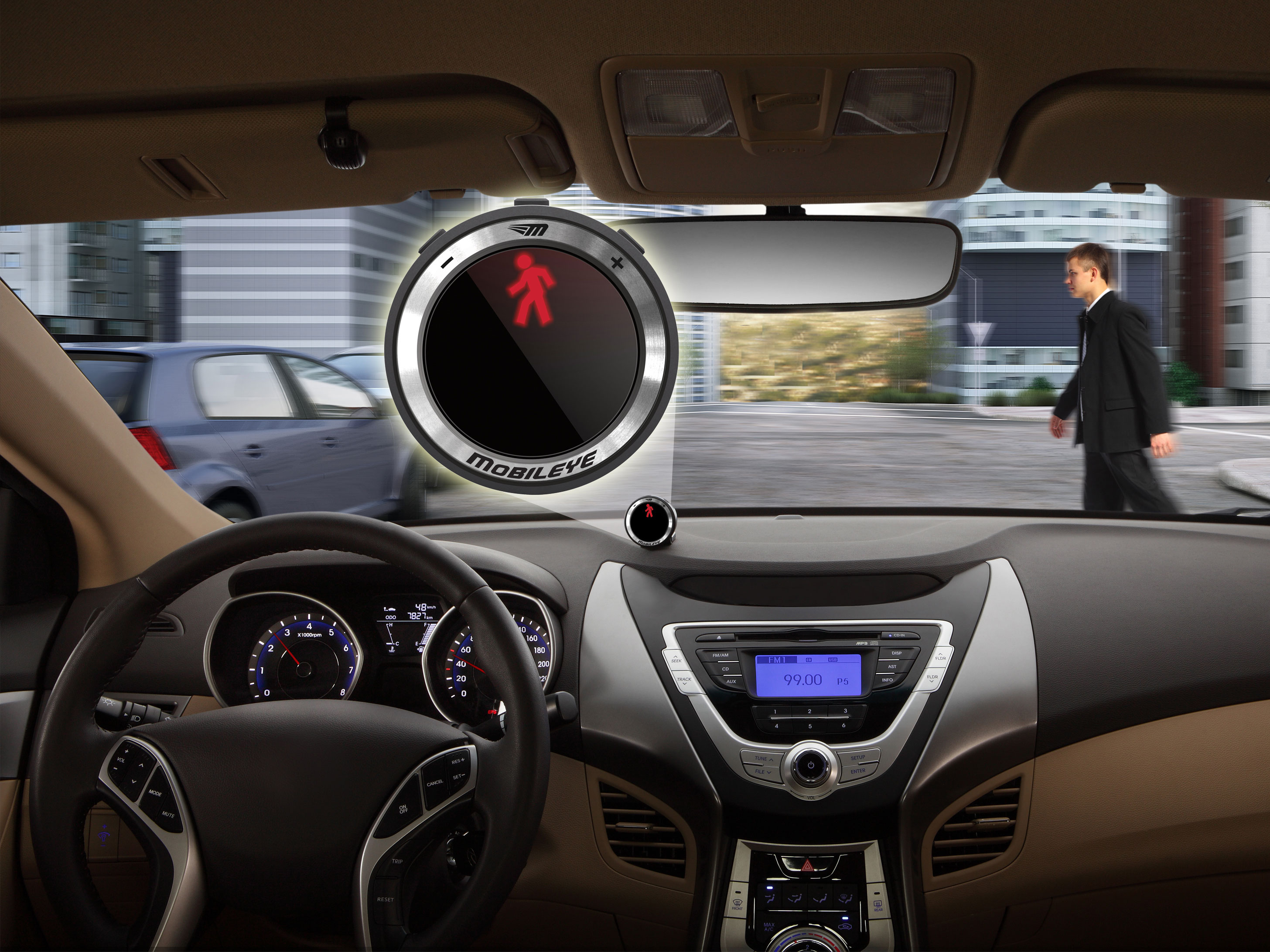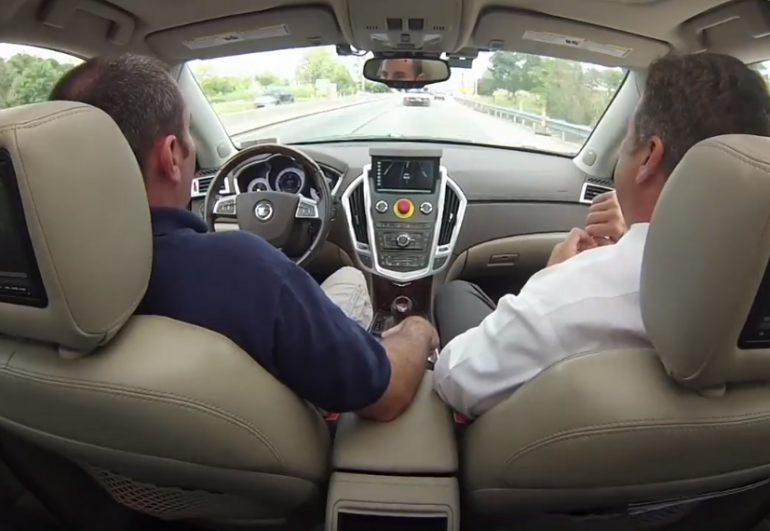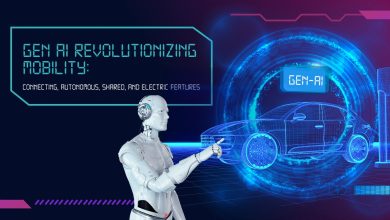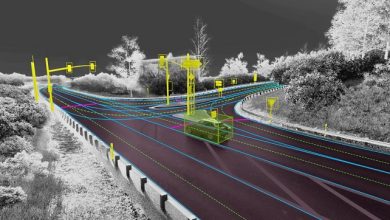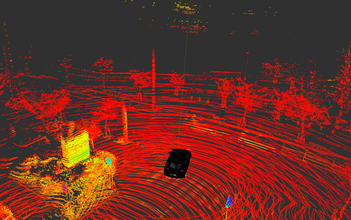Self-driving vehicles: when it will be prevalent?
Published: November 27, 2014
A gigantic innovation, whimsical adventure, science fiction and what not…yes I am talking about the cars that can drive itself ‘autonomous vehicles’. The innovation is such a huge undertaking by the manufactures that it seems like a fiction movie sequence but ‘reality check’: it is only few years away from hitting the roads. To satisfy the increasing appetite of consumers…..a whole bunch of tech-titans and auto manufacturers’ are whirling in the arena of self driving cars. Everyone is intended to provide its best and the time is nowhere when the roads will hit by an automated mechanism and translucent driving.
The popular one amongst all — tech giant Google continues to test its self-driving car around Silicon Valley and this spring showed models without a steering wheel or pedals. Google says that its self-drive vehicles focus on safety. They come equipped with sensors that remove blind spots, and can detect objects at a distance of more than two football fields in all directions, which the company notes is helpful particularly on busy streets with several intersections.
Cadillac announced in September it will introduce a nearly self-driving car in 2017, featuring a “super cruise” feature that allows hands- and feet-free driving on both freeways and in stop-and-go traffic. Cadillac has started public road-testing of its Super Cruise system, in more challenging situations in a wide array of environments to better refine the feature. The Super Cruise technology could potentially make its debut in production models later this decade. The Super Cruise system can track lanes, speed limits, and traffic around the vehicle, automatically adjusting speed to suit, and braking to avoid cars ahead. 360-degree sensors keep an eye on road conditions all around the car.
Earlier, Volvo Group also announced its autonomous vehicles and will be rolling its first self-driving vehicle in the coming decade. Volvo Cars will play a leading role in the world’s first large-scale autonomous driving pilot project in which 100 self-driving Volvo cars will use public roads in everyday driving conditions around the Swedish city of Gothenburg. The ground-breaking project ‘Drive Me – Self-driving cars for sustainable mobility’ is a joint initiative between Volvo Car Group, the Swedish Transport Administration, the Swedish Transport Agency, Lindholmen Science Park and the City of Gothenburg.
Chinese search giant Baidu has also entered into a partnership with BMW to jointly research driverless car technologies with the goal of developing a semi-autonomous vehicle in three years. According to the contract, after the 3-years term, BMW will be building a highly-automated self-driving car, which may run on China’s public road. The reason why BMW selected Baidu as collaboration partner is because Baidu has the map data and all related information service which BMW currently do not have. The BMW-Baidu project involves topics such as vehicle usage, driving strategy algorithm and high resolution 3D map, legislation and industry standards.
Since mid-September of this year Mercedes-Benz has also held the official license from the US state of California to test self-driving vehicles on public roads. The additional testing opportunities provided by the Contra Costa Transportation Authority at the CNWS site will enable the company to expand significantly the scope of its research activities. It includes long, straight stretches of paved roadway and places where the road curves around stationary features on the base, Wright said. The network of streets in the bunker complex is laid out like a city grid, with intersections. The two authorities will temporarily use the nearly 20 miles of existing paved roadways on the base to test autonomous vehicles, as well as cars that communicate with each other and with traffic signals.
So when will we see pervasive use of self-driving cars?
It won’t happen in a single step, but it will possibly happen during the beginning and enhancement of a glut of technologies that might be in your car already.
The logistics of a successful driverless car may seem hopelessly complicated, but many cars are already available with “assisted driving” features like autonomous braking, self-parking, and sensors that warn you if you’re getting too close to a car or obstacle. So far, results are promising. Cars with autonomous braking, for example, had a substantial decrease in collision claims. Obviously, there’s a big difference between automatic brakes and a totally driverless car, but that gap is closing every day.
Automakers, their suppliers, telecom giants like Verizon and AT&T, tech-titans and governments are all working to make the vision of autonomous cars veracity. The bit and particles of the technology needed to make them commercially available are already in use and technology may be the lowest of the hurdles on the way to a viable commercial market.
“A car is a “computer on wheels,” that can have 50 to 70 computers, with higher-end vehicles boasting or even more. I think we’re going to see drastic changes in how we drive and benefits and cost savings in autonomous vehicle technology, but the main push behind the rush toward self-driving cars is Google. “Google is a real threat to OEMs (auto manufacturers),” – Jeff Leddy, chief executive of Verizon Telematics
However, the National Highway Traffic Safety Administration (NHTSA) seems to feel the technology is far from ready. In fact, they recently called for a ban on the use of automated cars for purposes other than testing until they have conducted a thorough study.
That distrust of self-driving cars may fade even quicker after the introduction of fully autonomous technology. So, Self-driving cars? If there’s money to be saved, driving would be stylish, routes would be user-friendly and sophistication and luxury would hit its height…. a lot more people will be saying, “Bring ‘em on” in the near future. And yes the future is just behind your back…

